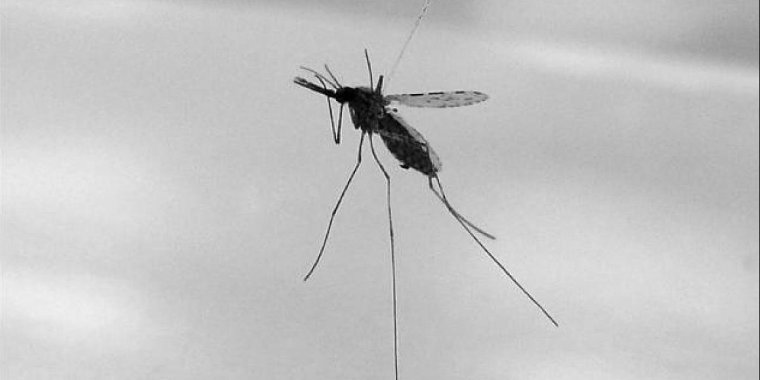| News / Science News |
Genetically modified fungus hailed as malaria breakthrough
A fungus genetically engineered to produce spider toxin can crush populations of malaria-spreading mosquitoes, according to a study hailed as a breakthrough by international scientists battling to combat the disease.

An Anopheles gambiae mosquito. Photo: National Institute of Allergy and Infectious Diseases
In trials undertaken in Burkina Faso, mosquito numbers were reduced by 99 per cent within 45 days, according to researchers from the University of Maryland (UMD) and the West African nation’s IRSS research institute.
Researchers took a strain of the fungus Metarhizium pingshaense, which infects mosquitoes in the wild, and genetically modified it to produce a toxin found in the venom of the Australian Blue Mountains funnel-web spider.
Laboratory trials showed the genetically modified fungus killed mosquitoes more rapidly than they can breed.
The insecticide was then unleashed in a purpose-built 6,550-square-foot ‘village’ in Burkina Faso, containing huts, plants, and breeding pools, and covered in netting to stop the insects escaping.
These fungi are very selective. They know where they are from chemical signals and the shapes of features on an insect’s body. The strain they are working with likes mosquitoes.
The study was the first trial outside of a laboratory using a transgenic approach to fighting malaria, according to the university.
Current mainstay methods for Anopheles control target mosquitoes resting or biting indoors and rely on synthetic chemical insecticides. This new biocidal approach targets mosquitoes biting and resting outdoors as well as indoors, and may be less vulnerable to the problem of insecticide resistance.
But there remained many questions around the findings, including any potentially negative impacts of the agent. (SciDev.Net)
YOU MAY ALSO LIKE


